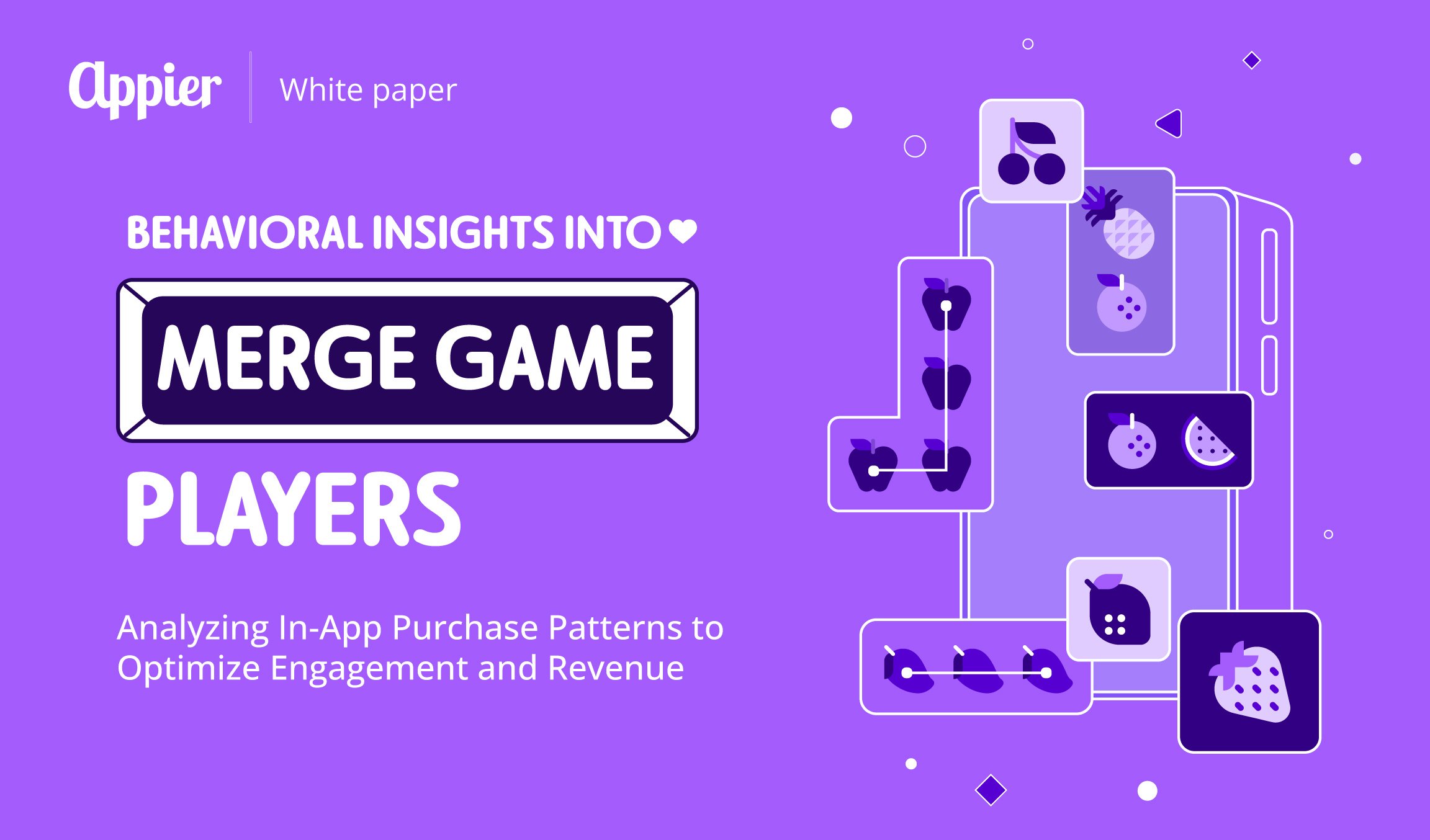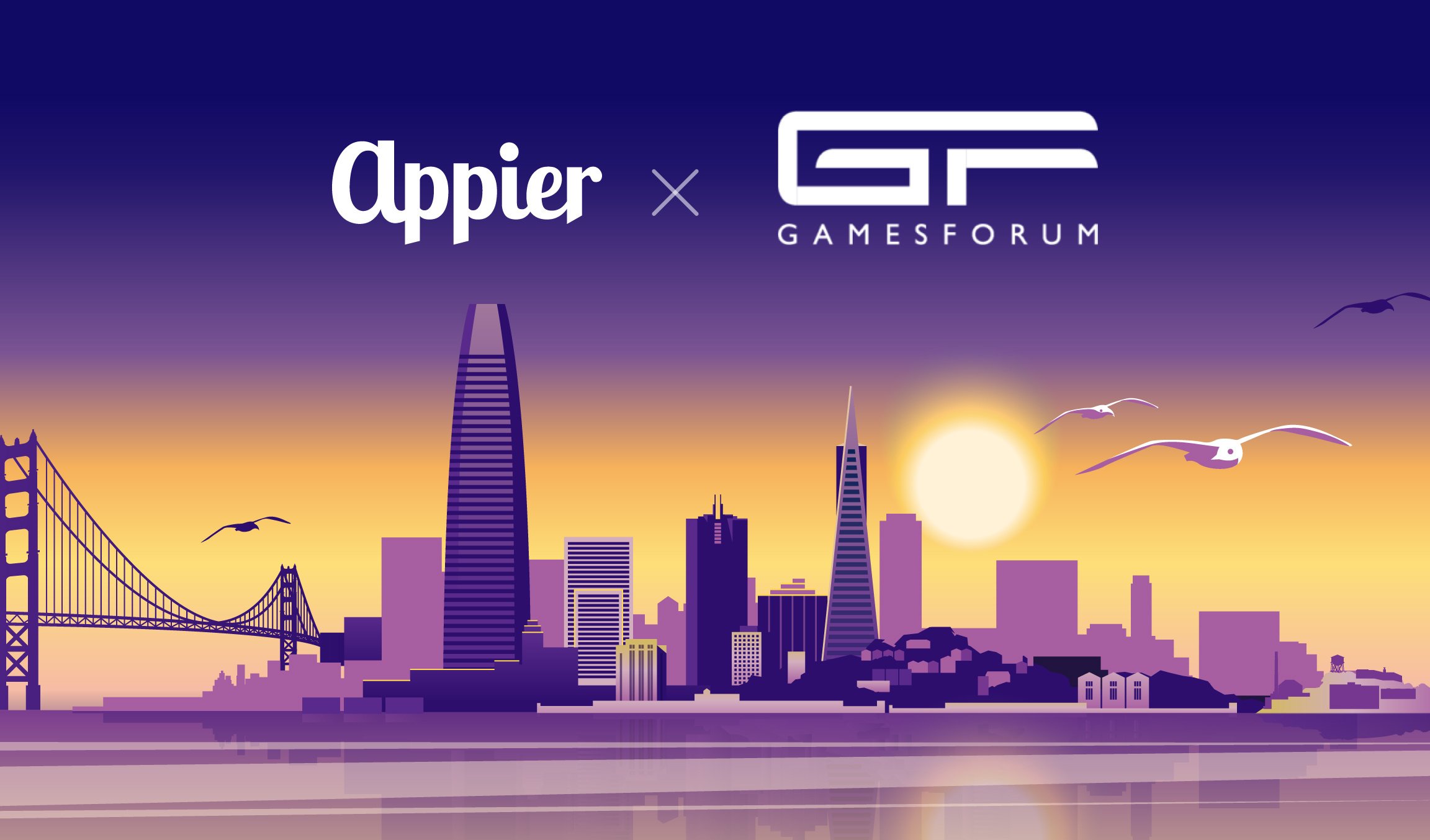5 min read
However, while CPL can be a reliable metric, it does have one rather large omission: it doesn’t consider the quality of the leads. A low CPL is desirable, but it shouldn’t come at the cost of high-quality leads – this will result in a low conversion rate, and fewer sales for the brand. No one wants that.
The good news is that a low CPL doesn’t have to mean low-quality leads. By harnessing the power of artificial intelligence (AI), marketers can find high-quality leads with a high conversion rate, and at the same time bring down the CPL.
Pick Out the High Performers: Identifying and Targeting Lookalike Audiences
An AI-enabled platform can identify which devices customers use, and build a behavior profile based on their cross-screen activities. Once you know who your highest performing audience groups are (i.e. those most likely to convert browsing into purchases) by demographics and interests, the platform can identify other users who share those attributes. This is called finding lookalike audiences.
Brands can, therefore, identify and buy access to the best audience for their campaigns, expanding their reach beyond the traditional domain.
Maybe your best audience is the one who viewed 10 products over the course of three days, as opposed to those that viewed five products in a single day, for example. The traditional marketing approach would be to target each of these groups in turn and hope for the best. However, AI removes the guesswork by allowing you to focus on those highest performing customers for maximum return.
Remarketing to reduce delays in sales
Artificial intelligence also helps with remarketing (reaching potential customers who have expressed interest in a product but not yet converted). By reaching the user on every screen they use, you will shorten the time between the initial visit and the actual purchase.
For example, if a user browses a product on his laptop and later on his smartphone, an advanced system can remarket to him via both platforms, through email for the laptop and by an app notification for the smartphone, say. This makes it much easier for the consumer to purchase, as it only involves a couple of clicks, rather than the switching devices and/or from an email program to a web browser.
A Person, Not a Device: The Importance of a Single Customer View
An AI-enabled platform lets you tailor recommendations and advertising creative to each user’s unique cross-screen behavior and browsing history (aka the Single Customer View). Because it recognizes these activities as those of an individual, and not just a device, it builds a picture of them as a person, with certain interests, behaviors, and habits. Not only does this increase the chances of a higher conversion rate, it also makes it easier to find lookalike audiences, because you know more specifically what you are looking for.
For instance, you are interested in the cross-screen web browsing history of a male consumer named A. Using traditional marketing techniques, you would only see that content being consumed on different screens is about sports, technology, finance, and travel. Multiple touchpoints make it hard to tell how many consumers are using these devices, and these topics are also too vague to really build a picture of what he is interested in.
By analyzing the cross-screen behaviors and the keywords within the online content A consumes, AI can link all the devices owned by him, and determine that he is searching for basketball with virtual reality, bitcoin, budget bed, and breakfasts while traveling, and so on. Immediately you have a much more vivid picture of who A is and where his interests lie, which enables you to tailor your marketing materials to him as an individual. Crucially, you can start a dialogue with A – and with those who share his interests – which will build a relationship between him and your brand.
Put a Limit on It: Frequency Capping and the Power of Saying No
Of course, with all this power at your fingertips, it’s tempting to bombard the consumer with marketing messages, but that risks overloading them, which will only serve to alienate them from your campaign. It will also cost you more.
Instead, smart AI algorithms employ frequency capping to ensure you don’t overwhelm your customers. It also means you spend your budget efficiently and limit wasted impressions. As it works across every screen your user owns, it knows they are the same person instead of assuming a new individual for each device. That way, you won’t send them mixed marketing messages.
Capping is available per day or per action during the life cycle of a campaign. AI can find the best rule depending on your preferences. You can also limit it to a total number of impressions or clicks.
Taking global beauty and skincare brand Estée Lauder as an example, it employed the above techniques to huge success. It used Appier’s CrossX Lookalike feature to identify new, high-value, young audiences from the profiles in the CrossX database with data collected from over 3,000 campaigns run by Appier. Estée Lauder increased its number of leads by 167 percent while reducing its CPL by 63 percent. It also shortened the time to conversion among valuable users who were interested in the brand by using CrossX’s remarketing and frequency capping tools.
AI is an immensely powerful tool for marketers looking to increase the quality of their leads while decreasing their cost per lead. It shows that when it comes to marketing leads, low cost can mean high quality.



